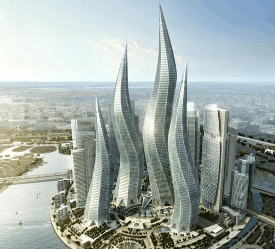
The Age is running an article today about how Melbourne’s inner-city livability is being eroded by rapid development, which is placing extreme pressure on public amenities, like parks:
Melbourne is facing a shortage of public parks and sporting grounds, as skyscraper developers swoop on the city’s best blocks and price government out of the market…
Concerns have also been raised about the supply of sporting grounds in the inner city and beyond.
…the council has estimated that by 2031 the municipality will be facing a shortfall of 12 ovals and 12 soccer pitches, as its residential population hurtles towards 200,000 people…
Melbourne University professor of urban planning Brendan Gleeson said in the past 10 to 20 years the state government had failed to properly plan for public infrastructure in Melbourne’s inner, middle and outer suburbs.
This is what you get when an MCG-worth of people are funneled into the city each year in the pursuit of “growth”. Without corresponding investments in infrastructure and amenities, capacity constraints are breached and livability is ultimately reduced.
For those concerned about livability, the situation is also likely to get worse, with more 20 new skyscrapers taller than 200 metres either under construction or planned in Melbourne, according to The Age:
The Urban Melbourne website, which tracks developments, recently counted 23 towers above 200 metres being proposed or under construction. It cited a “gobsmacking” figure: since the Rialto became the city’s first 200-metre-plus tower in 1986, only six more 200-metre-plus towers were built in the next 28 years…
The push skywards is being encouraged by the Napthine government and Planning Minister Matthew Guy, who approves or rejects projects of more than 25,000 square metres…
Adding to these woes is the State Government’s plan to fix Melbourne’s “urban growth boundary” and limit infill development in existing suburbs, all while Melbourne’s population is projected to explode from 4.3 million currently to nearly 8 million by 2051.
The end outcome of such an approach will be to limit new housing choice to an expensive CBD highrise apartment or an expensive postage stamp-sized lot on the fringe, with livability and affordability the ultimate victims.

